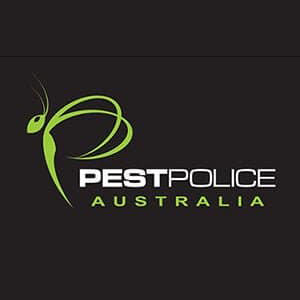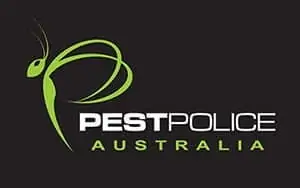With an estimated one in three homes in Australia treated for termite damage at some stage of its life, it goes without saying that property owners have to watch out for these pests. And if you think that it’s only timber structures that are at risk, you’ll be shocked to find that even brick and steel-framed ones have been found to be vulnerable to infestations.
A study of more than 4,000 households in the country showed that the floor and wall materials have little influence on the chance of termite attack. Instead, the report suggested that rainfall and temperature are the biggest risk factors, followed closely by the structure’s age.
The worst part of having these unwanted guests around is that they don’t just eat away structural timbers (e.g. roof, walls, frames, or flooring) and make the building unsafe for occupants but they also can chomp their way through fabric, furniture pieces, footwear, and clothing.
With the amount of nuisance white ants cause, you may have to look for every sign of termite activity such as loose trim, sagging doors, mud shelter tubes on walls, etc. If you don’t know what to look out for, it may be best to leave the job to a qualified termite inspector. Don’t just get anyone who claims to be one, though.
Finding the Qualified Termite Inspector
Regular and thorough termite inspections are necessary so you can detect the early signs of termite infestation. And while you want a qualified pest control professional to do the job, finding a pest inspector who is both experienced and adequately trained isn’t as easy as checking for a license.
Before you bring one over, it pays to get more than one quote on the job before committing to any one inspector. See if you can get an idea on the reputation and qualifications of your prospect company, too. You might also want to check if the prospect company offers guarantees i.e. 12-month structural guarantees on the report.
In terms of licensing, know that Queensland is the only state in Australia requiring licensing for pest inspectors. Anyone outside the state could theoretically set up as a pest inspector without one. However, it’s best to go with those that got themselves a license as this shows their commitment to their line of business.
License for Timber Pest Inspectors
Licensing requirements for termite inspectors and pest controllers vary from state to state, each having different minimum requisites. So even if having a license is important, it still pays to ask the inspector about his or her experience in timber pest management.
It’s worth noting that Australian standards generally require termite inspectors to possess a wealth of technical knowledge and experience. They have to be well-versed about local building practices and habits of endemic termite species. Against such elusive pests, inspectors need to know where to search for signs of infestation.
To gain this level of competency, a termite inspector should have completed a timber pest inspection course. He or she should have made at least 40 termite inspection reports under appropriate and direct supervision. The inspector should also have achieved competence in Units 8 and 10 (revolving around inspecting, reporting, and controlling timber pests) of the National Pest Management Competency Standards.
Besides a license, it would be great if the termite inspector is part of the Australian Environmental Pest Managers Association (AEPMA), a major industry organisation. The association sets standards for the industry, represents pest managers and administers PestCert so you can expect that the prospect company can meet the highest possible accreditation standards.
By getting an inspector that is a member of such an organisation, you can have somewhere to turn to if something goes horribly wrong with the inspection done on your property. In case a company has transgressed its code of ethics, AEPMA can take action against the company in the form of warning or expulsion.
To gain this accreditation, termite inspectors and pest managers have to show advanced knowledge and skills as well as experience with the latest pest management practices, technologies, and tools. They have to adhere to the expected code of conduct as well as commit to ongoing professional development.
Maximising the Value of the Termite Inspection
Once you get a hold of a dependable inspector, understand that you’ll have to get a thorough termite inspection done at least once a year (but more in areas with high termite risk).
According to the termite hazard map of Commonwealth Scientific and Industrial Research Organisation (CSIRO), large tropical and subtropical areas in Northern Territory, Western Australia, and Queensland (plus an area around Perth) are rated to be at ‘very high’ risk for termite attacks. All the other states (except Tasmania), on the other hand, are considered areas of ‘high’ termite risk.
As the property assessment is underway, it’s best to be present on-site. Not only will your presence make it easier for the inspector to get access to the basement and attic, you can discuss potential problems and approaches to controlling suspected infestation straightaway with the inspector. This way, the appropriate solution tailored to your needs can be planned.
A Qualified Termite Inspector Is Within Reach
White ants are difficult to detect and if you find signs of visible infestation, expect that they have done substantial damage at that point. Before you end up regretting your lack of action, get in touch with qualified termite inspectors like us! Through our termite inspections, you’ll be able to catch a termite attack early or avoid investing in properties already infested with these voracious wood- eaters.

